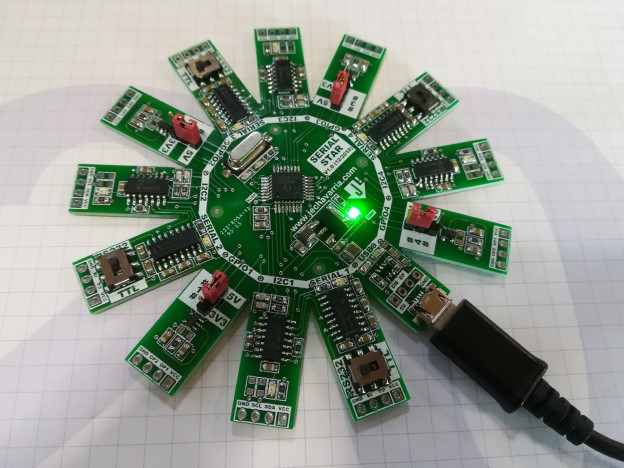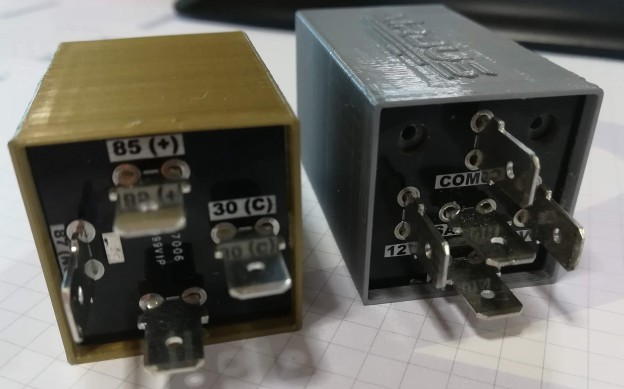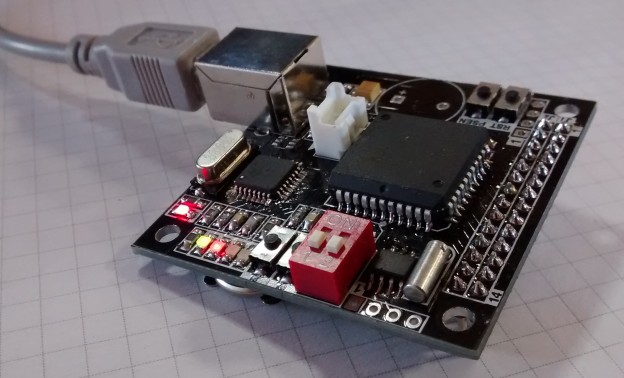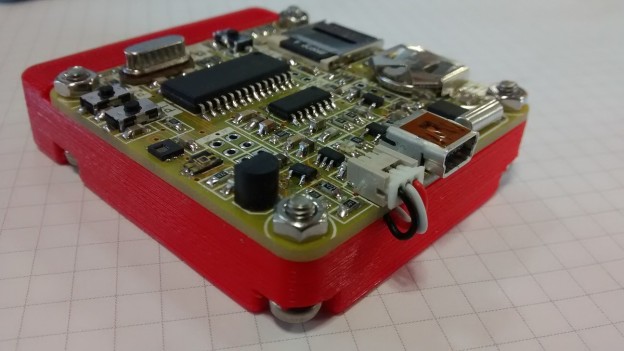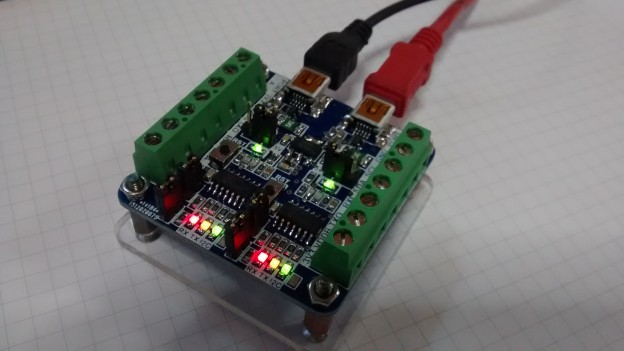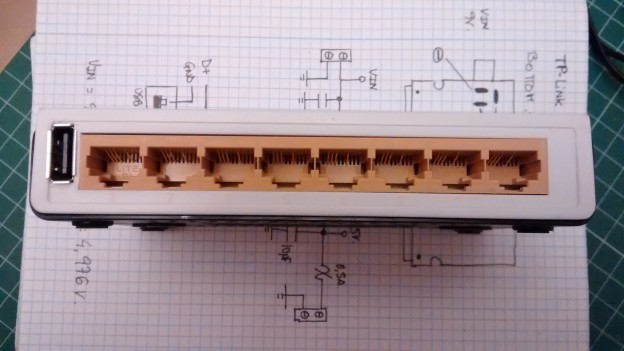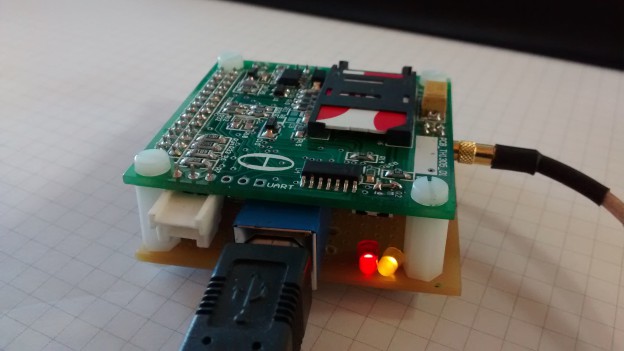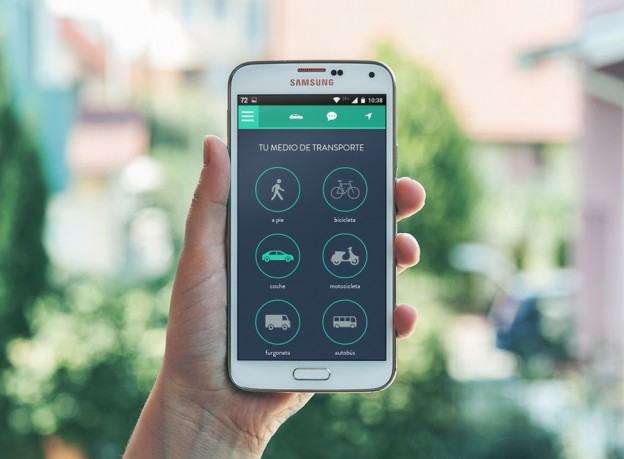UPDATE: Insolito project is again available on Indiegogo so it’s time to support this grat project! You can check all the info here and, of course, any question or suggestion are welcome.
Hi all! A few days ago, start on Indiegogo a new campaign where I’m involved in the last months, the Insolito project. Thanks to Sa’ed Qariab, CEO & Founder of The Walking Tech company, I can participate in this project, designing and manufacturing the first units of this intelligent insoles.
Insolito: a smart insole that enables fitness tracking, app shortcuts and emergency alarms with every movement.
Insolito, by The Walking Tech, was launched earlier today on Indiegogo. The new hardware start-up, The Walking Tech, claims that Insolito is the ultimate wearable that is yet to be invented, as this insole is embedded with a smart system that enables its user to control their lives through foot taps.
Insolito is a comfortable and padded insole that can be inserted into any type of shoes. Once activated, the smart system can be controlled through a phone app that works on iOS and Android phones.
The smart insole is fully equipped with fitness tracking functions. It detects movement and counts the number of steps you walk, distance and speed of walking/running. Moreover, it keeps count of the calories that you burn all through the special circuit and sensors inside the insole.

Better still, Insolito enables you to create app shortcuts through customized foot tap patterns. With Insolito, you can take a selfie, make a call, and open any app with a foot tap. This feature is especially useful for taking photos with your hands free.

In addition to all that, Insolito introduces a special SOS feature that saves you out in emergencies, especially when you cannot reach your phone. In any case of emergency, a special foot tap pattern will activate Insolito to call 911, send a message and your location to your family and friends, and even post to social media for you:

This special insole comes with a wireless charging pad, and with a 30-day long battery. It can be fully charged under one hour.
You can pre-order Insolito today through Indiegogo, with a price starting from $69, and with the worldwide delivery expected to commence in December 2016.
The team behind this product is The Walking Tech, a group of young engineers from Palestine who have been working on fitness devices and wearables for three years.
Insolito Features and Facts:
- Fitness tracking: counts steps, distance, speed and calories
- App shortcuts: enables the user to run any app, take photos or make calls through foot taps
- SOS feature: through a special foot tap, it calls 911, sends messages and posts to social media for you
- Wireless charging: Insolito comes with a wireless charging pad and charges in less than an hour
- Battery: Lasts for one full month
- Price: Early bird starting from $69
